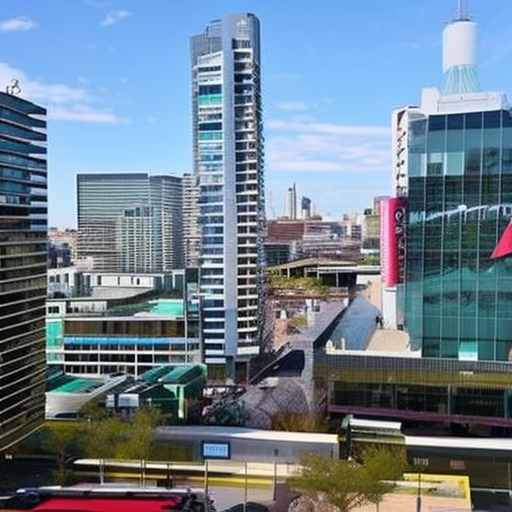The Middle Kingdom in ancient Egypt (ca. 2030-1650 BCE) marked an important period of development in the art and architecture of the region. One of the most significant changes that came about during this period was in the art of royal funerary sculpture. Before the Middle Kingdom, sculptors focused their attention on monumental works designed to represent the gods, pharaohs, and other important figures in Egyptian life. However, during the Middle Kingdom, a greater emphasis was placed on capturing subtle, individual details in royal funerary sculpture.
The first funerary sculptures of the Middle Kingdom depicted the Pharaoh in a particular style that mimicked the earlier monumental works. The Pharaohs of this period were typically represented as seated figures wearing a royal headdress and a pleated kilt, with their feet crossed in a “prayer position.” However, over the course of the Middle Kingdom, the styles of funerary sculpture began to change. Figures began to be depicted in more naturalistic poses and with greater attention to detail. The heads were sculpted with more realism, and the bodies were carefully proportioned and finely detailed. This trend continued over the course of the Middle kingdom, so that by the end of the period, sculptors had achieved a level of technical perfection that had never been seen before in Egyptian funerary sculpture.
One of the most notable examples of this new style of royal funerary sculpture is the beautifully preserved life-size painted limestone sculpture of Prince Rai III, from Thebes (ca. 1820–1797 BCE). This sculpture was the first funerary work to represent a particular individual in a life-like way, showing him in a seated position with his feet crossed, wearing a pleated kilt and a royal headdress. The facial features, body proportions, and details of the clothing are all rendered with an astonishing level of realism. This sculpture helped to set the standard for royal funerary sculpture during the Middle Kingdom and beyond.
The change in royal funerary sculpture during the Middle Kingdom can be attributed to advances in both technique and process. During this period, sculptors had access to new tools and techniques such as core drilling, which allowed them to produce finer details in their work. They also developed a more refined sense of proportion, which allowed them to depict the human form in more accurate and lifelike ways. This combination of technical skill and aesthetic sensibilities led to a dramatic shift in the art of royal funerary sculpture.
The advancements in royal funerary sculpture during the Middle Kingdom had a lasting impact on the art and culture of ancient Egypt. The sculptures of this period not only preserved and commemorated the achievements of individual rulers, but also served as a reminder of Egyptian greatness and grandeur. They were a symbol of power and prestige, and they helped to ensure the continuity of Egyptian monarchy for centuries to come.

